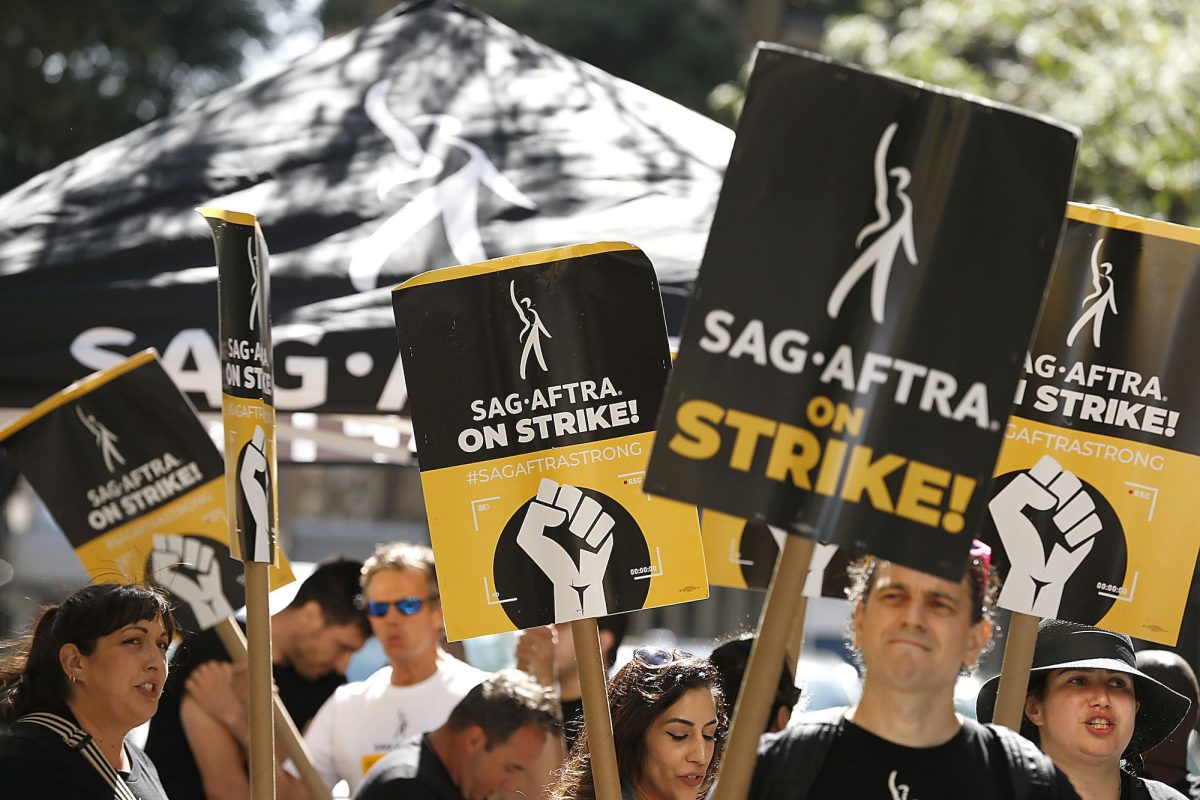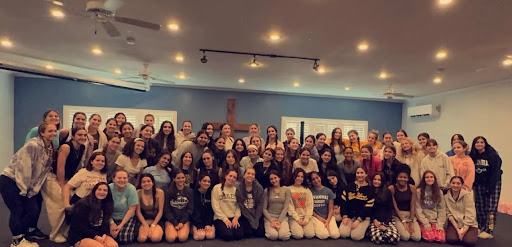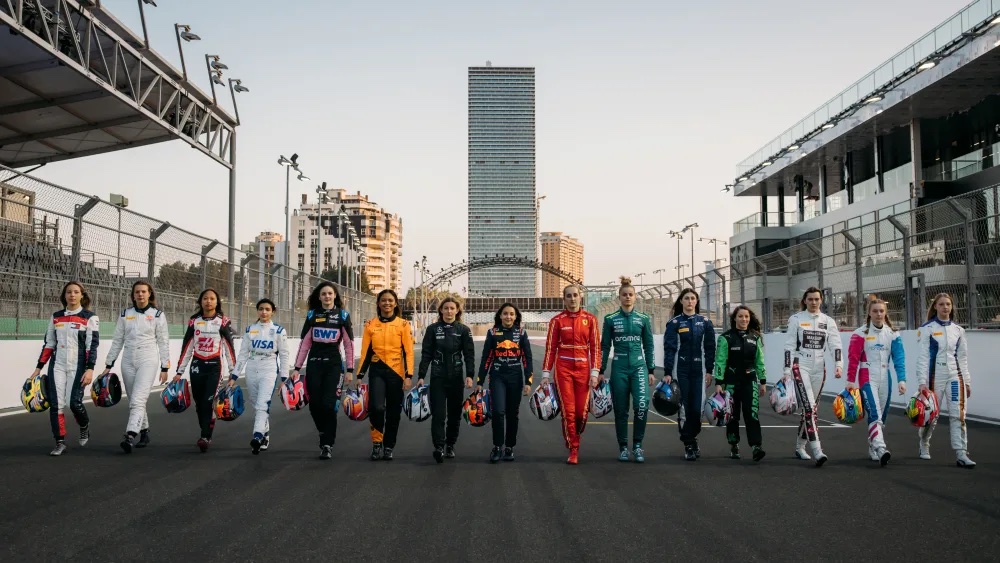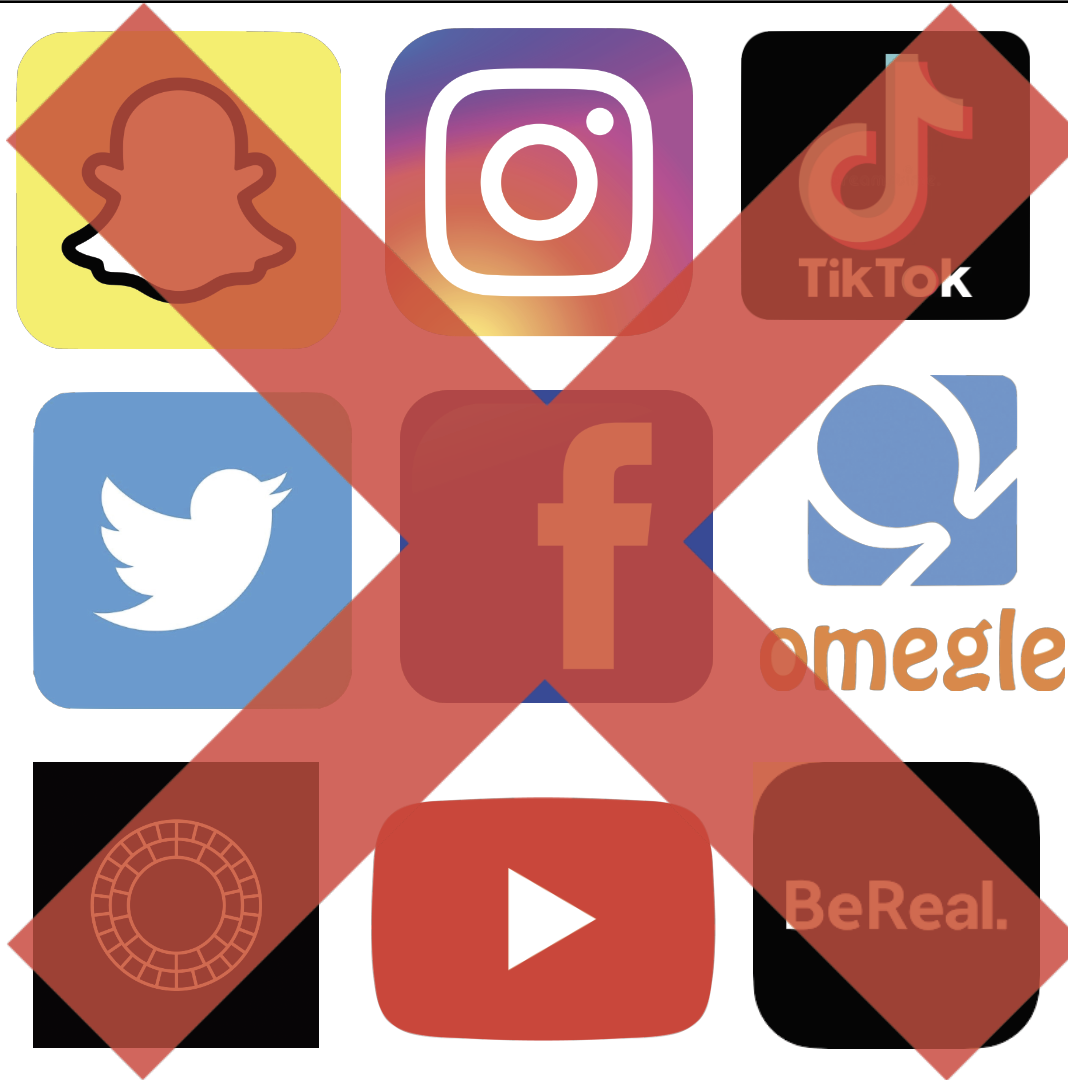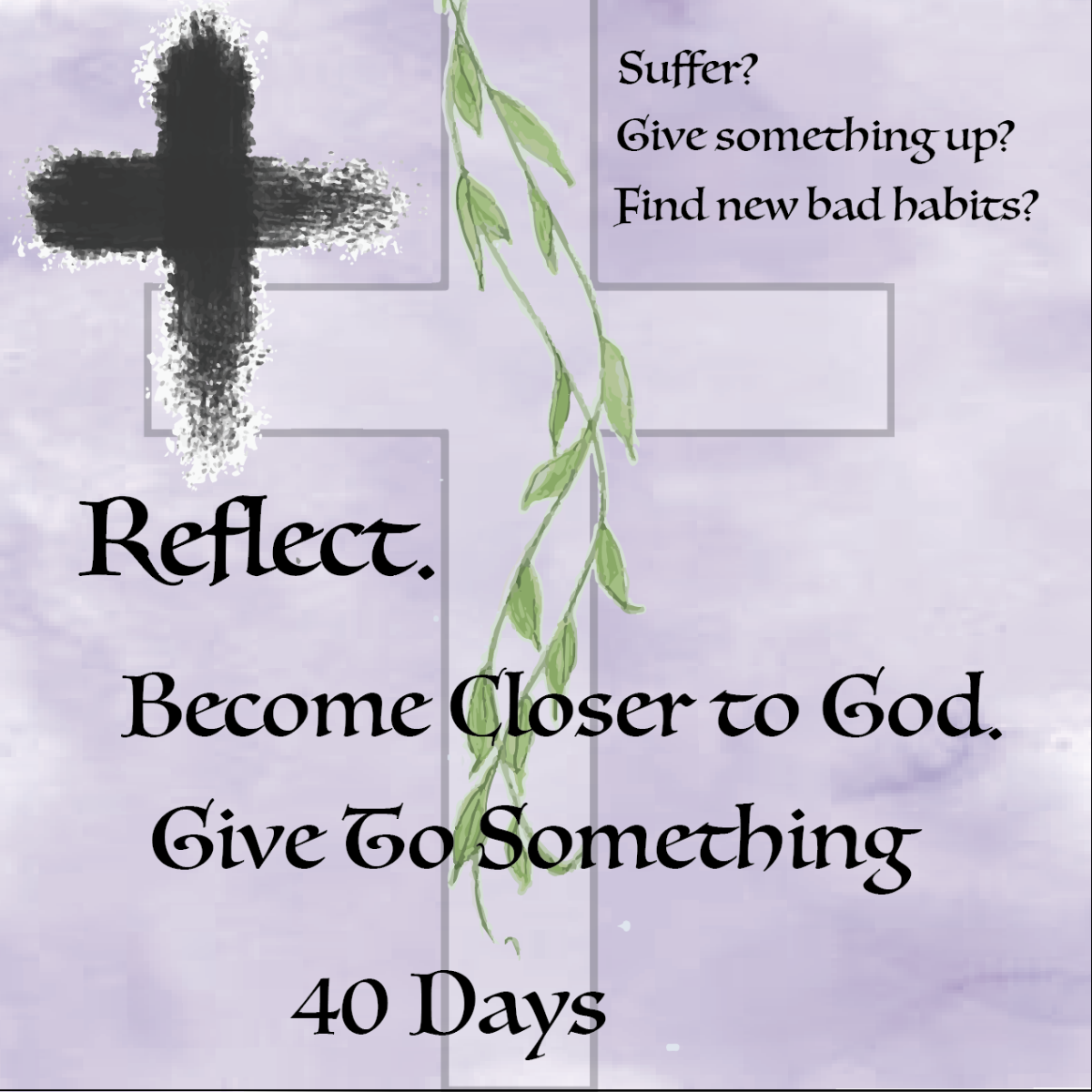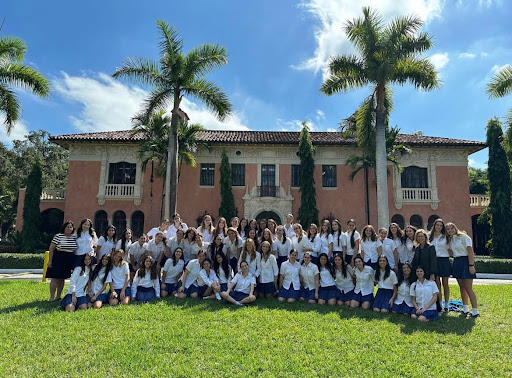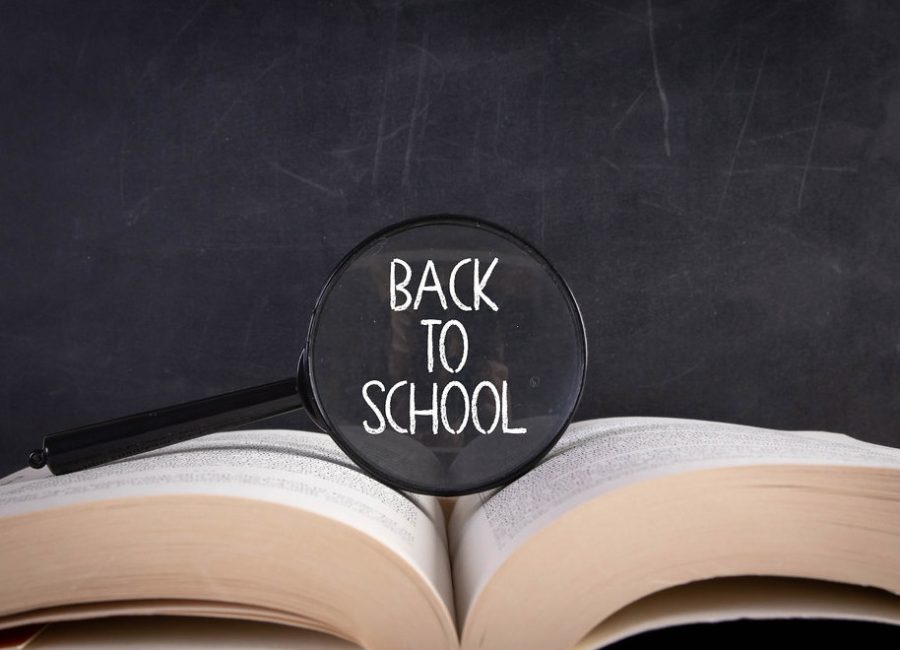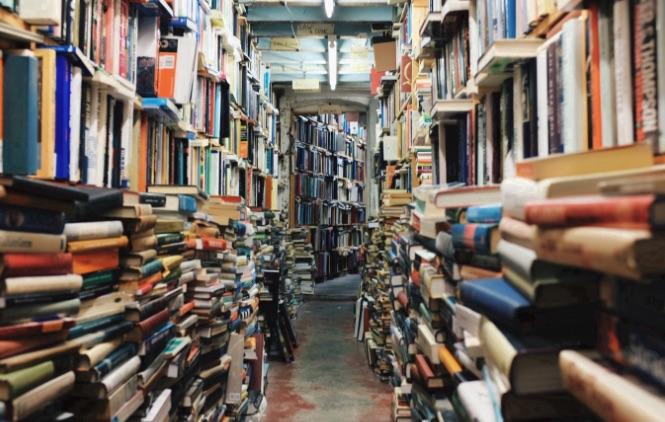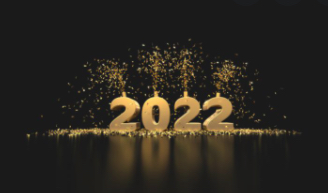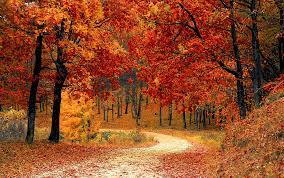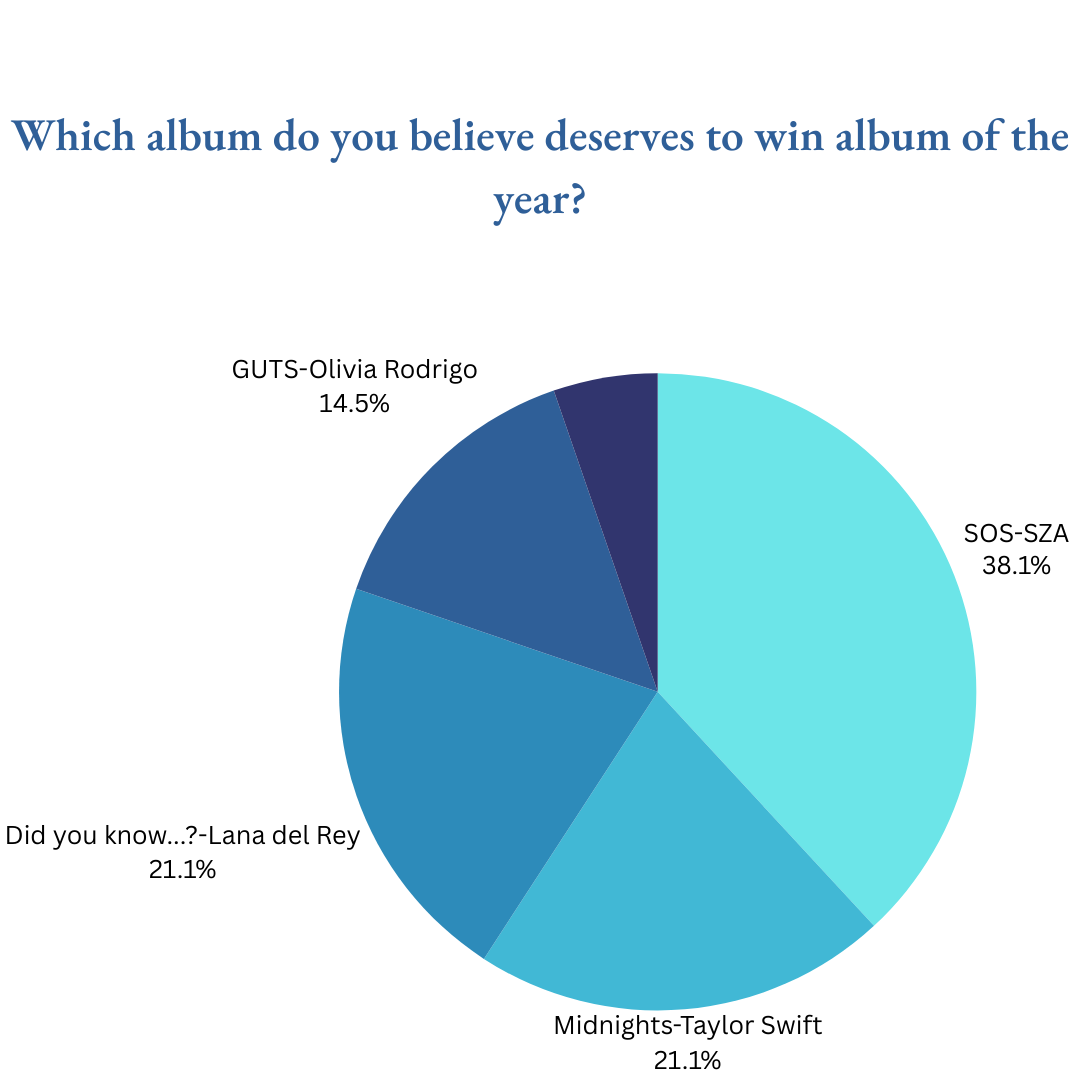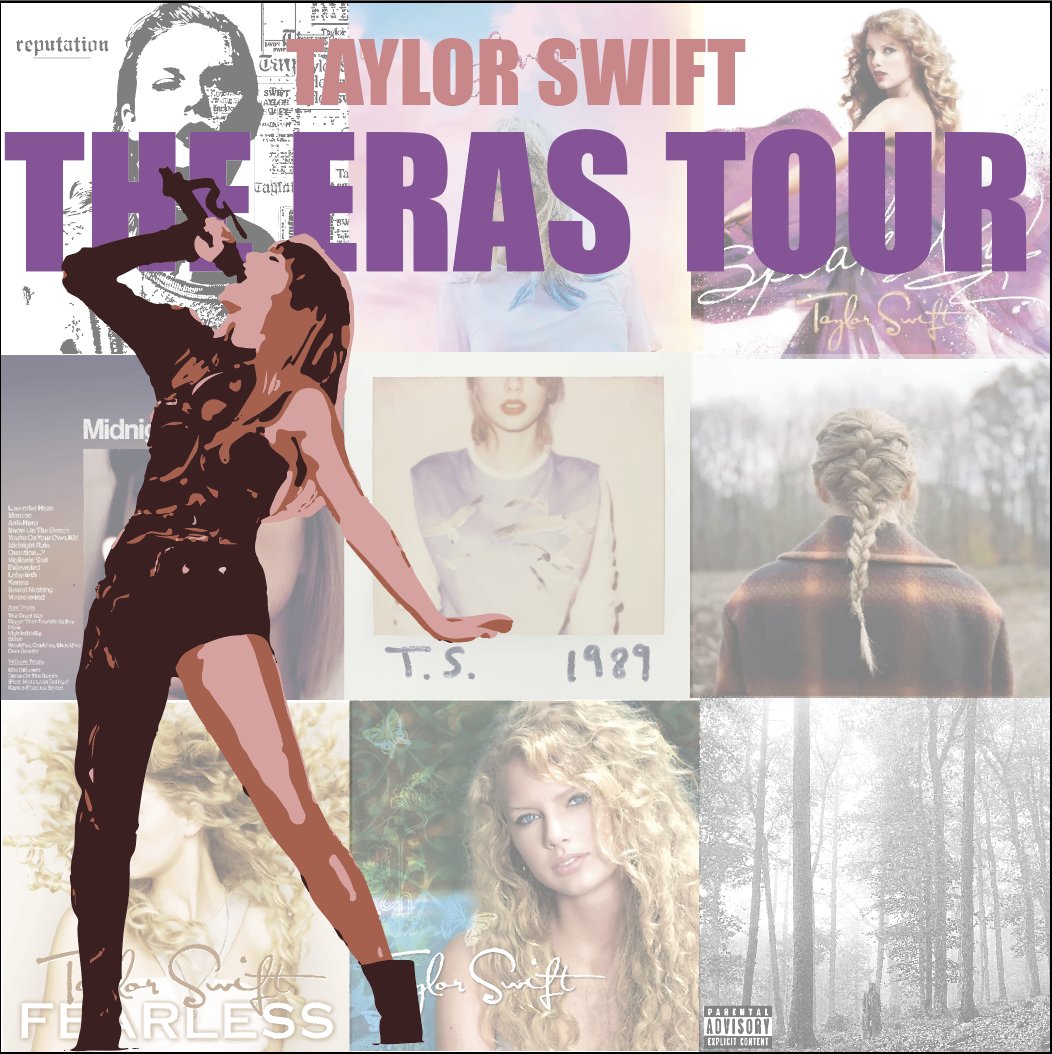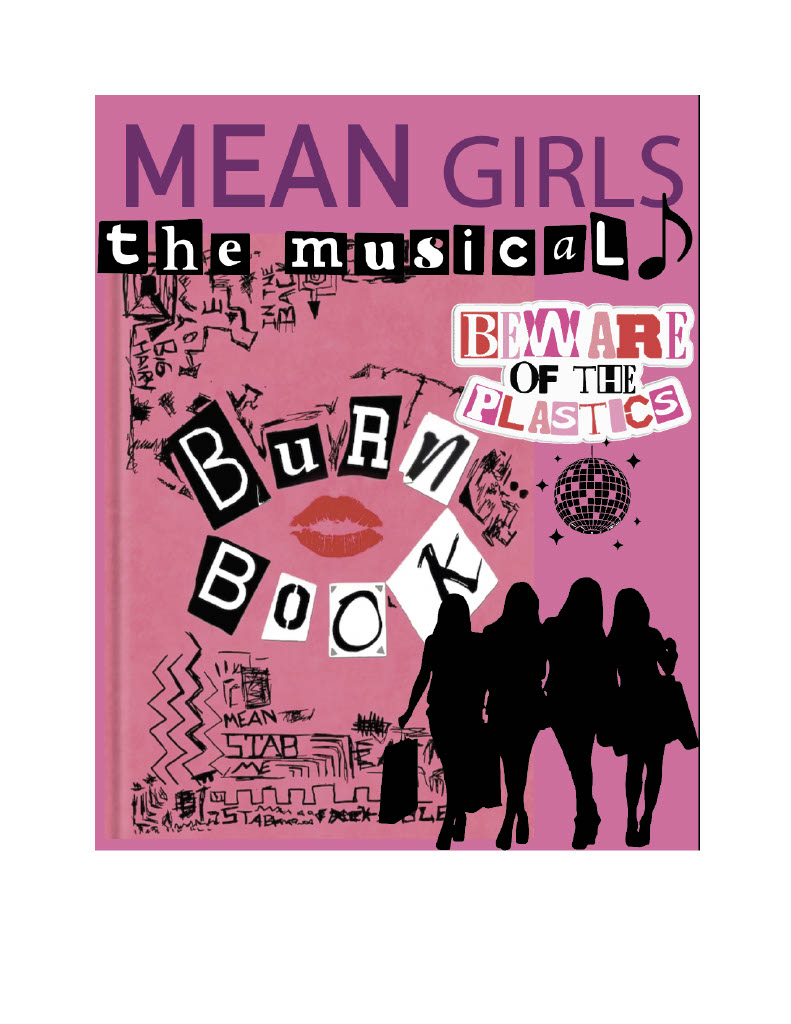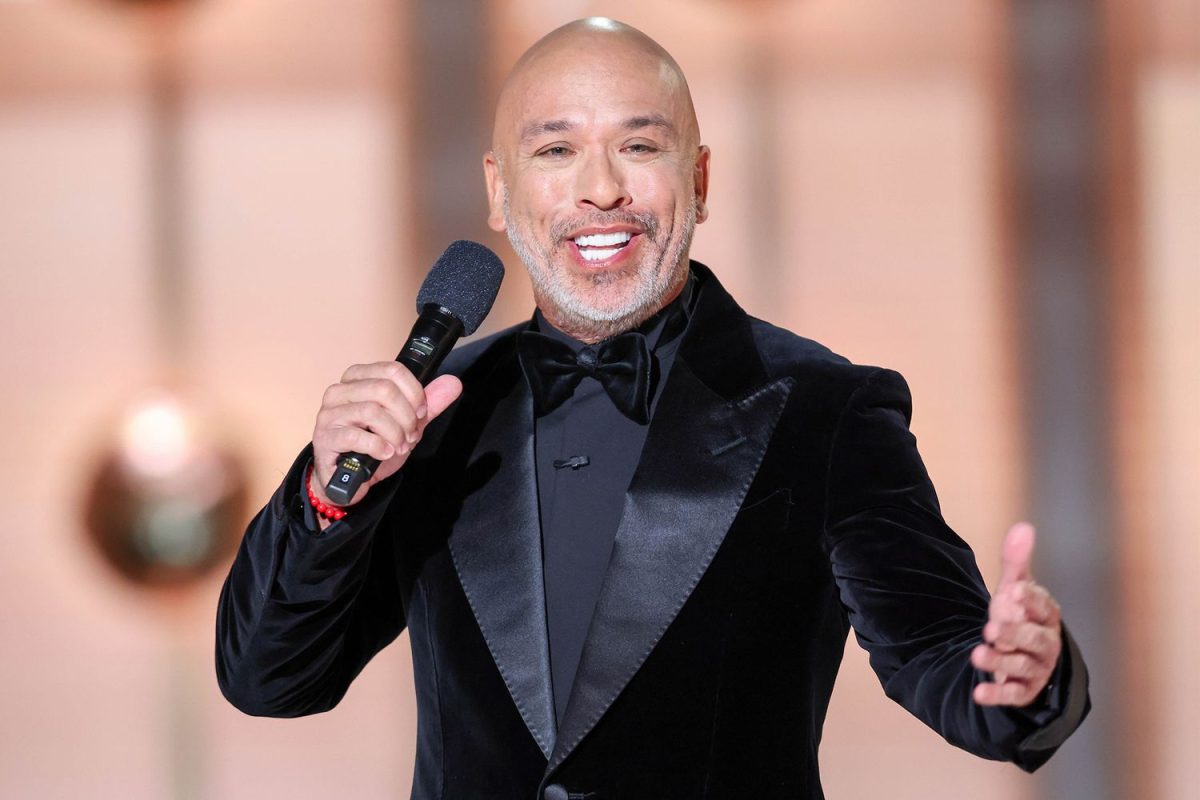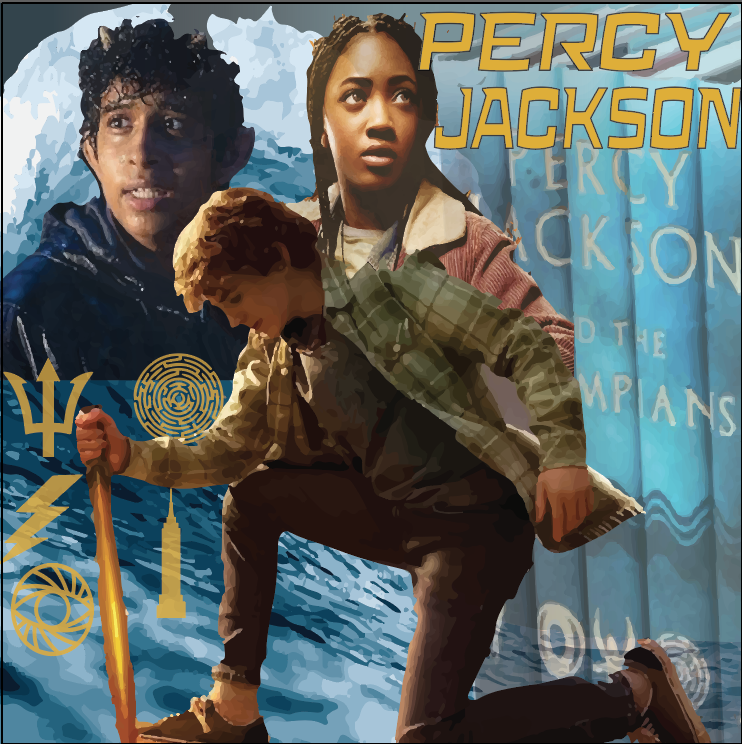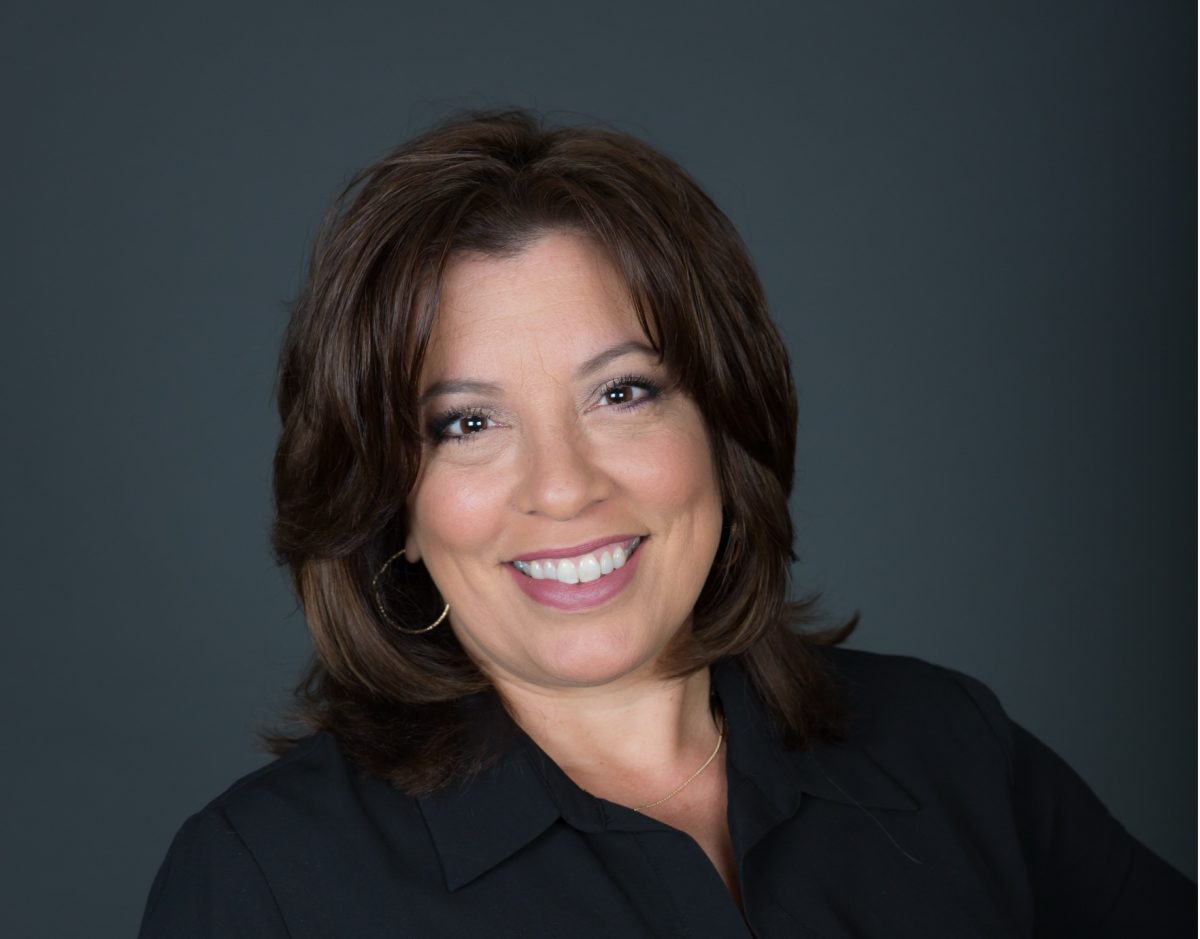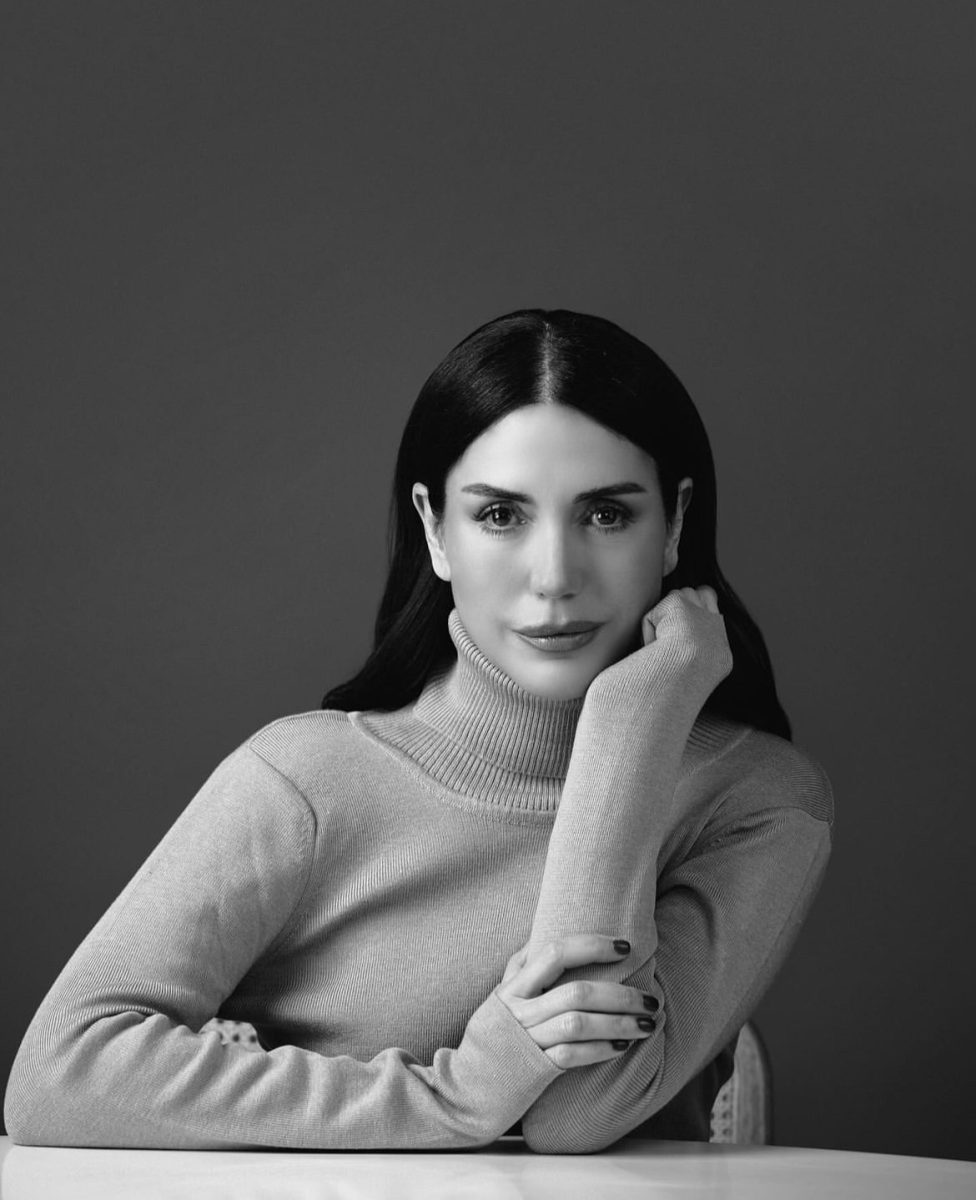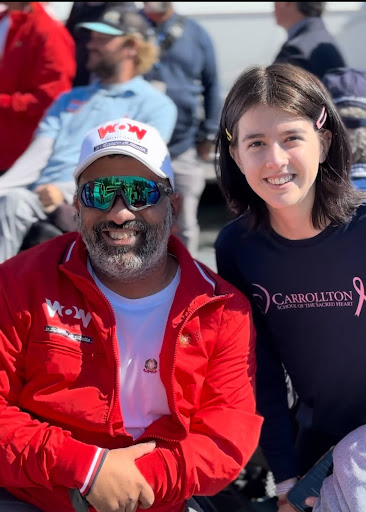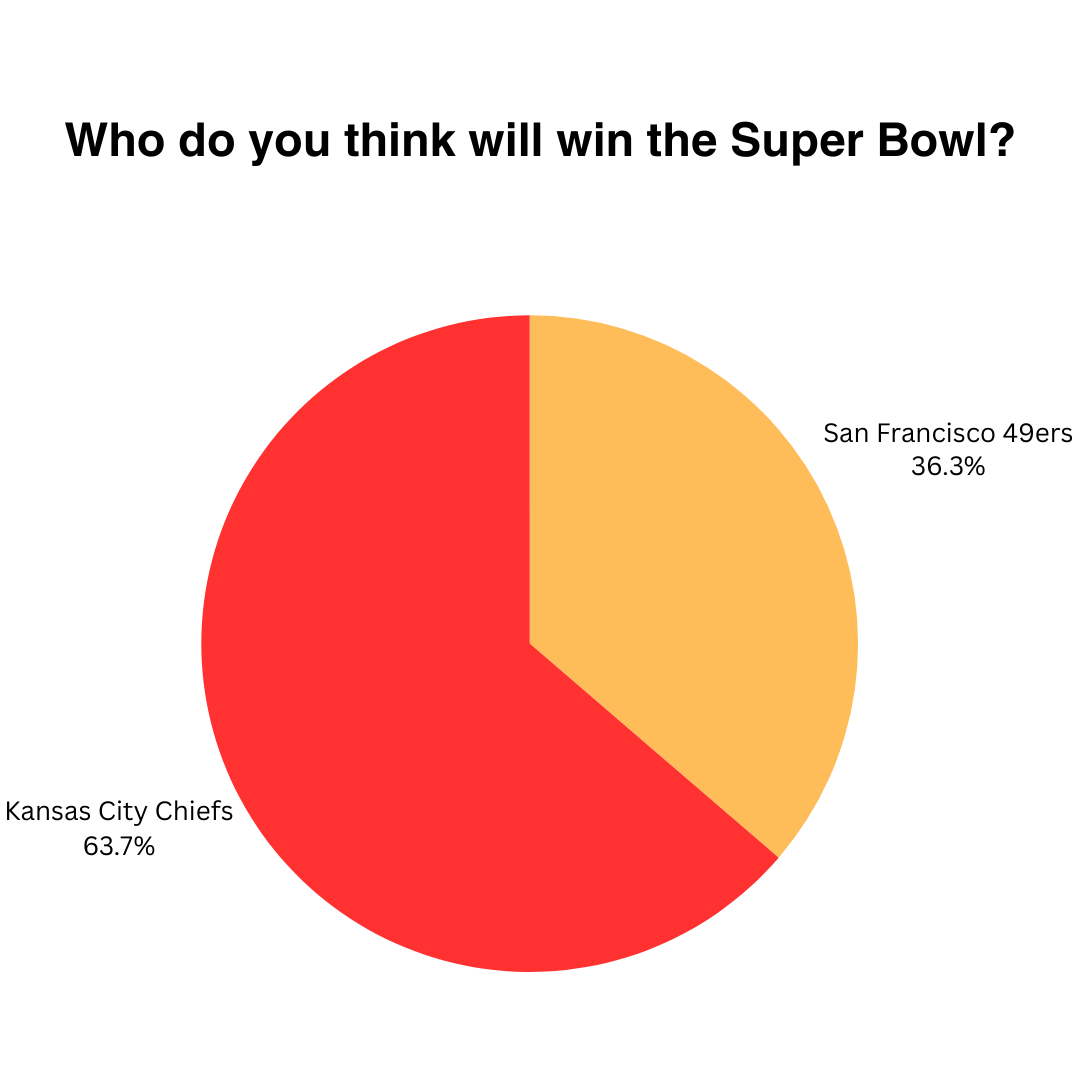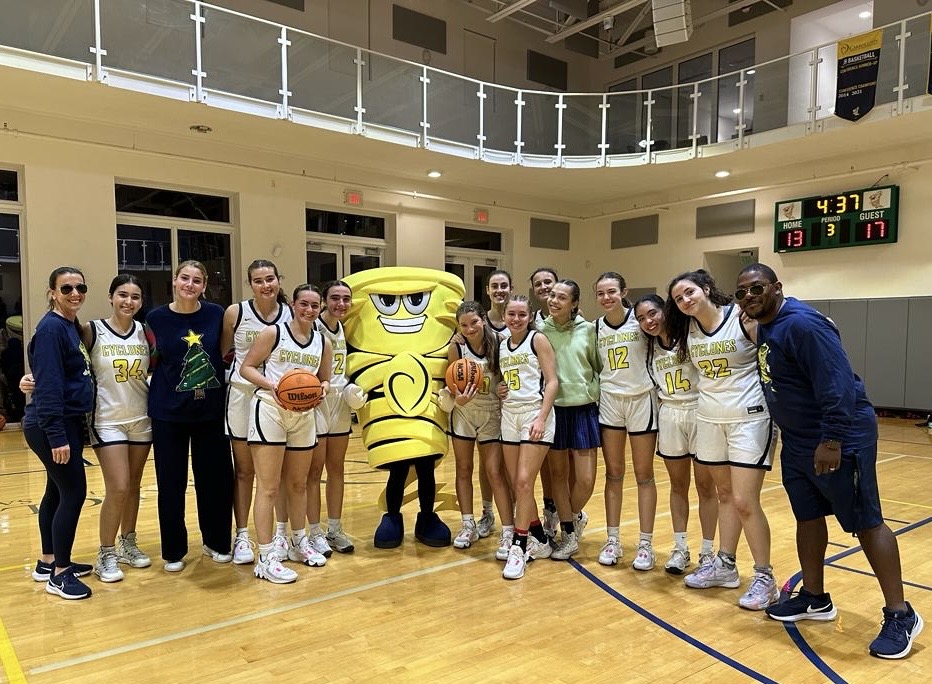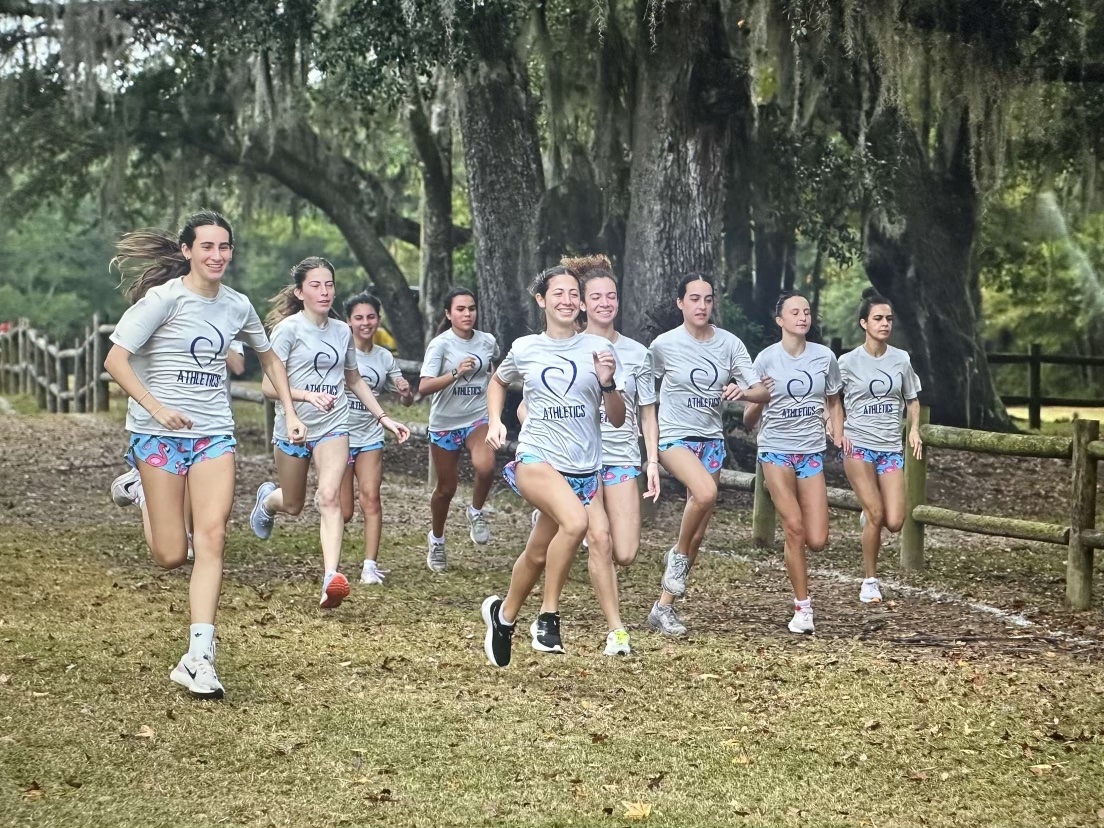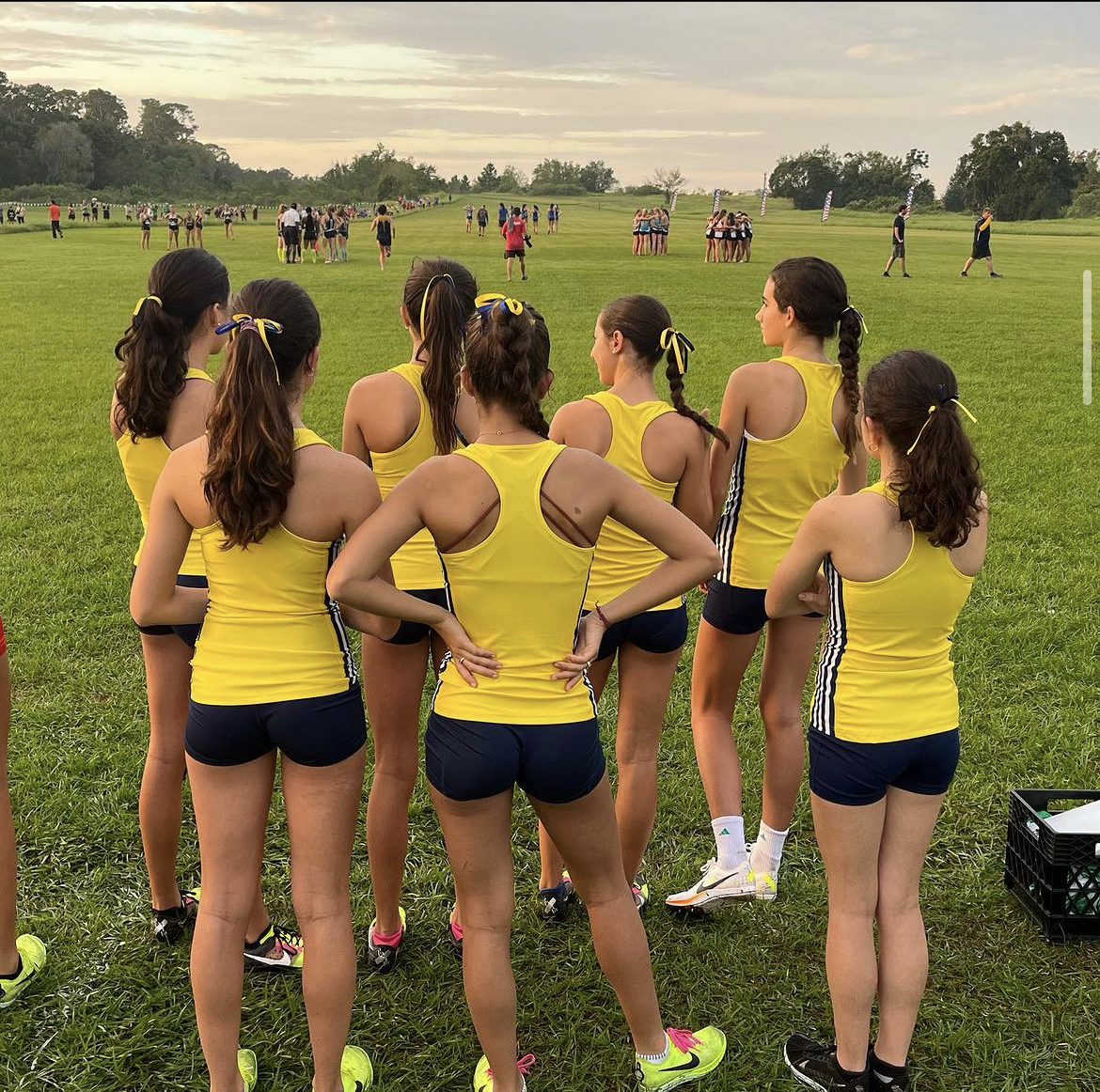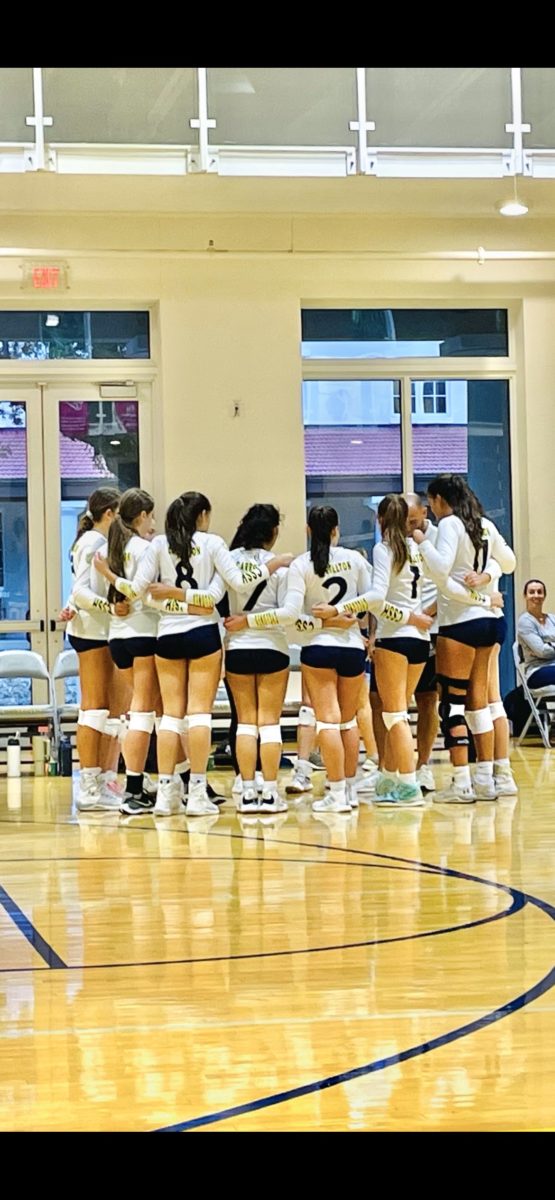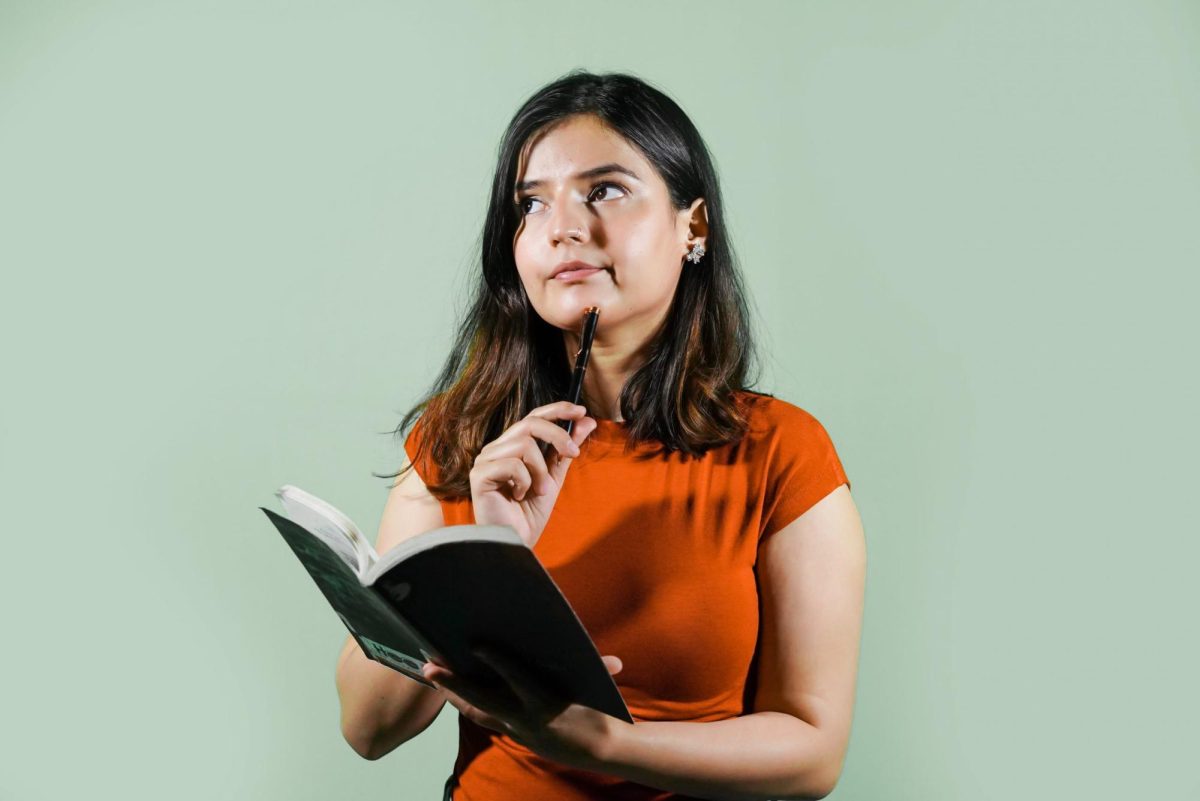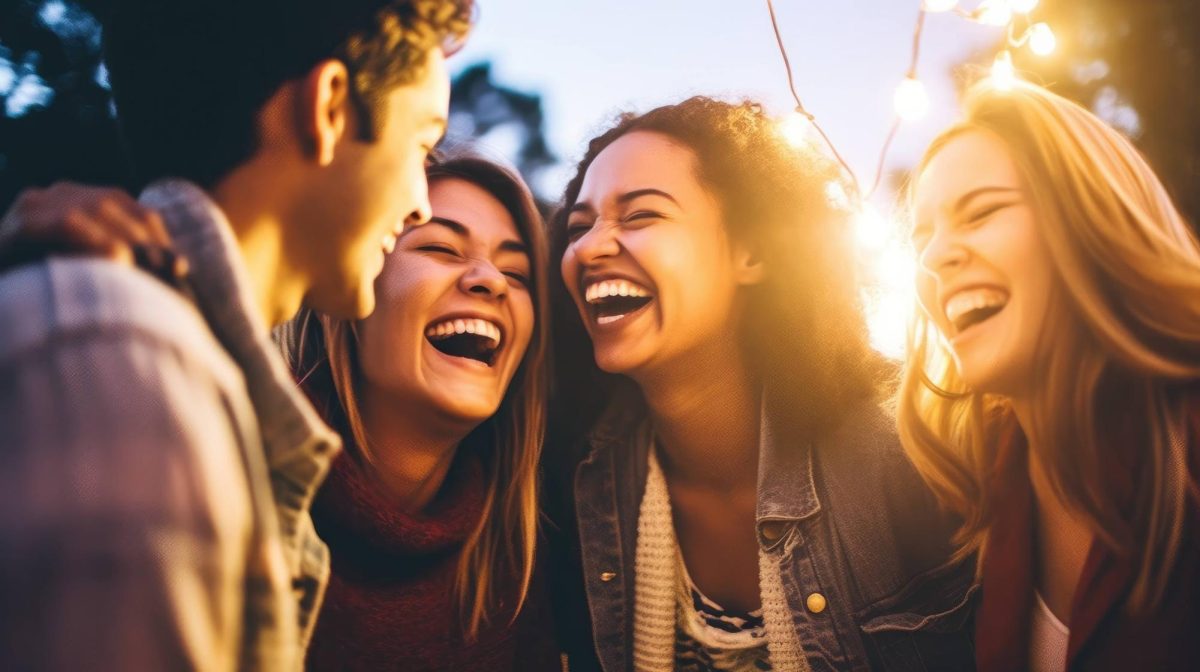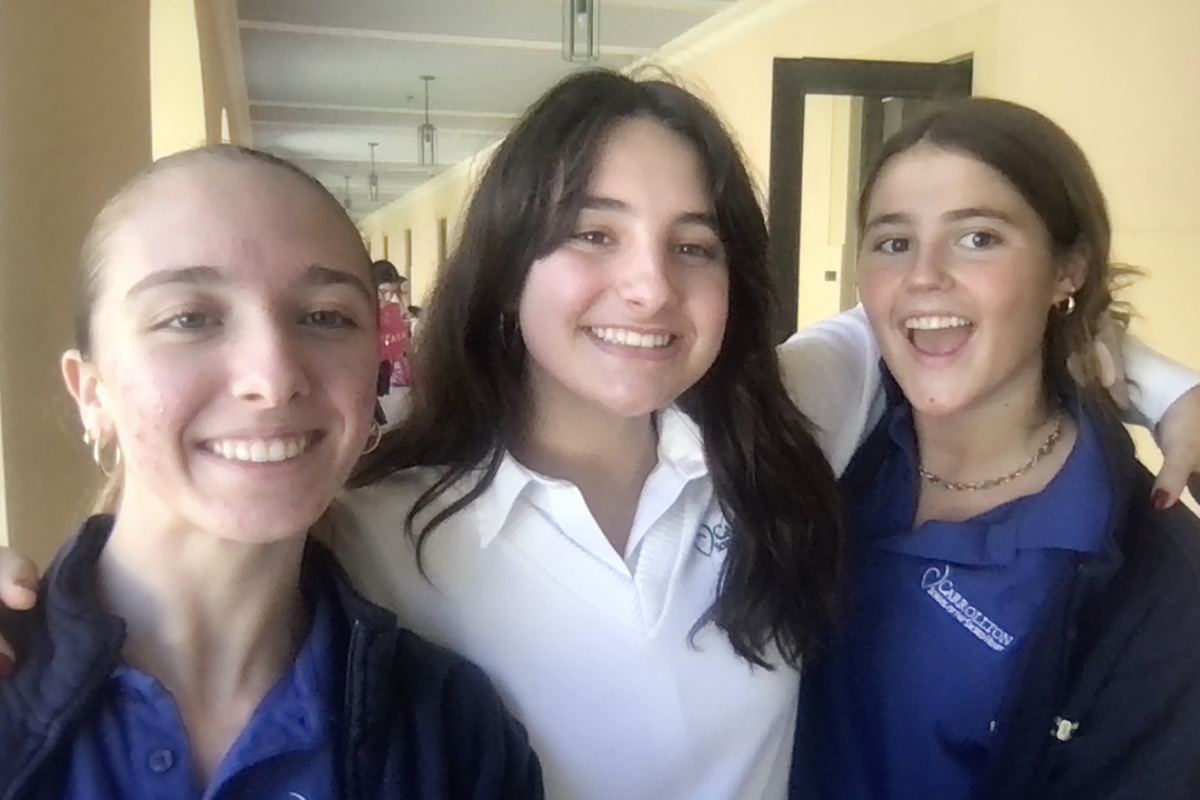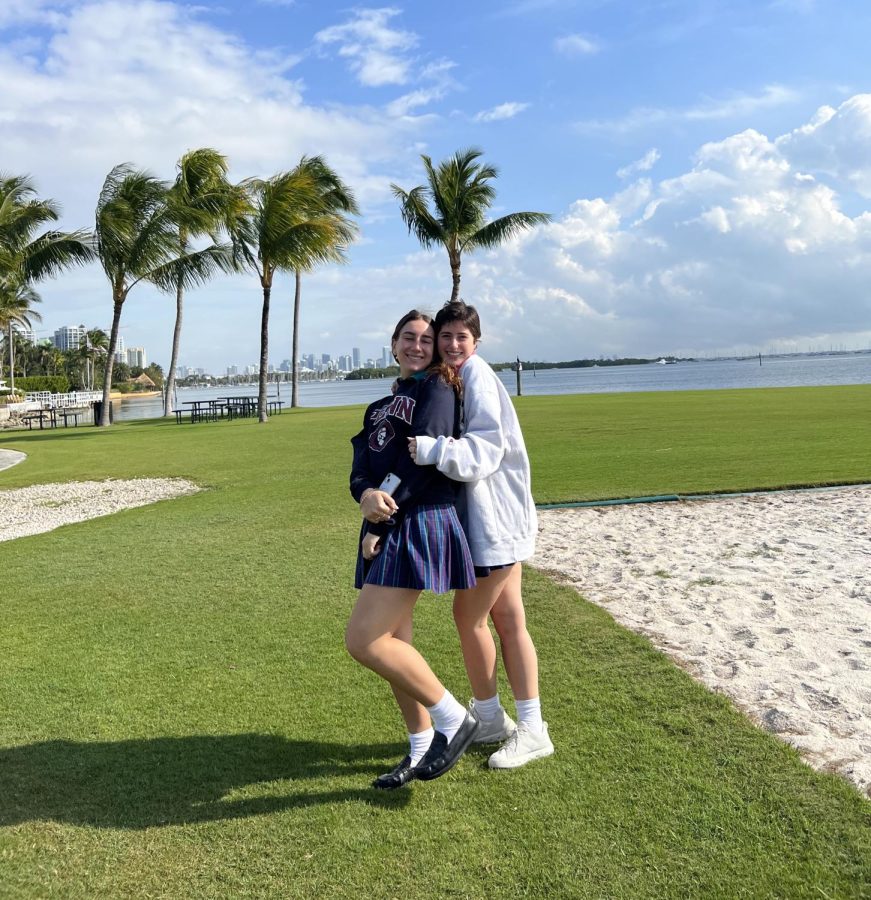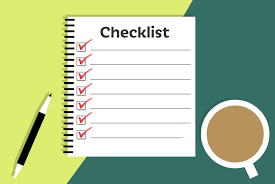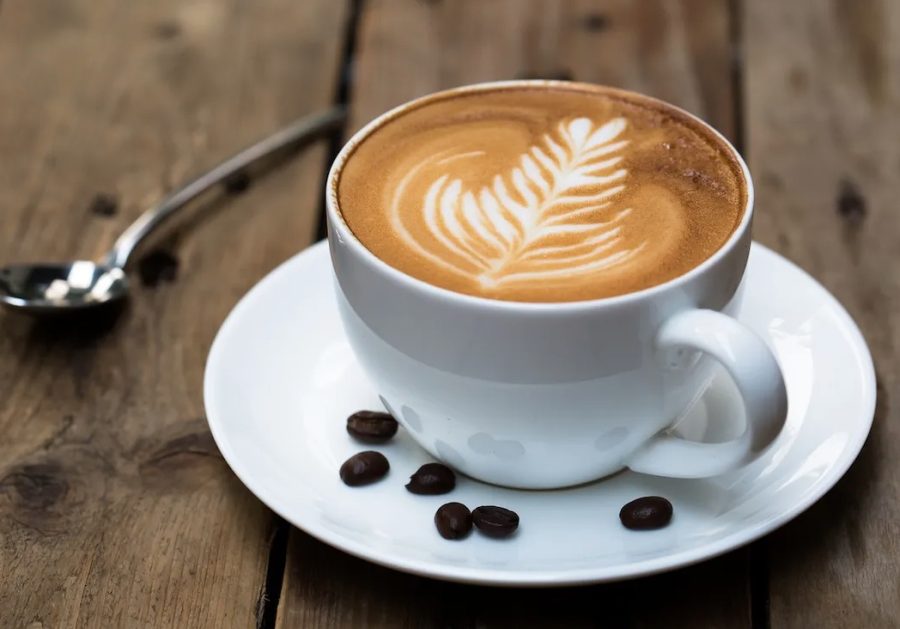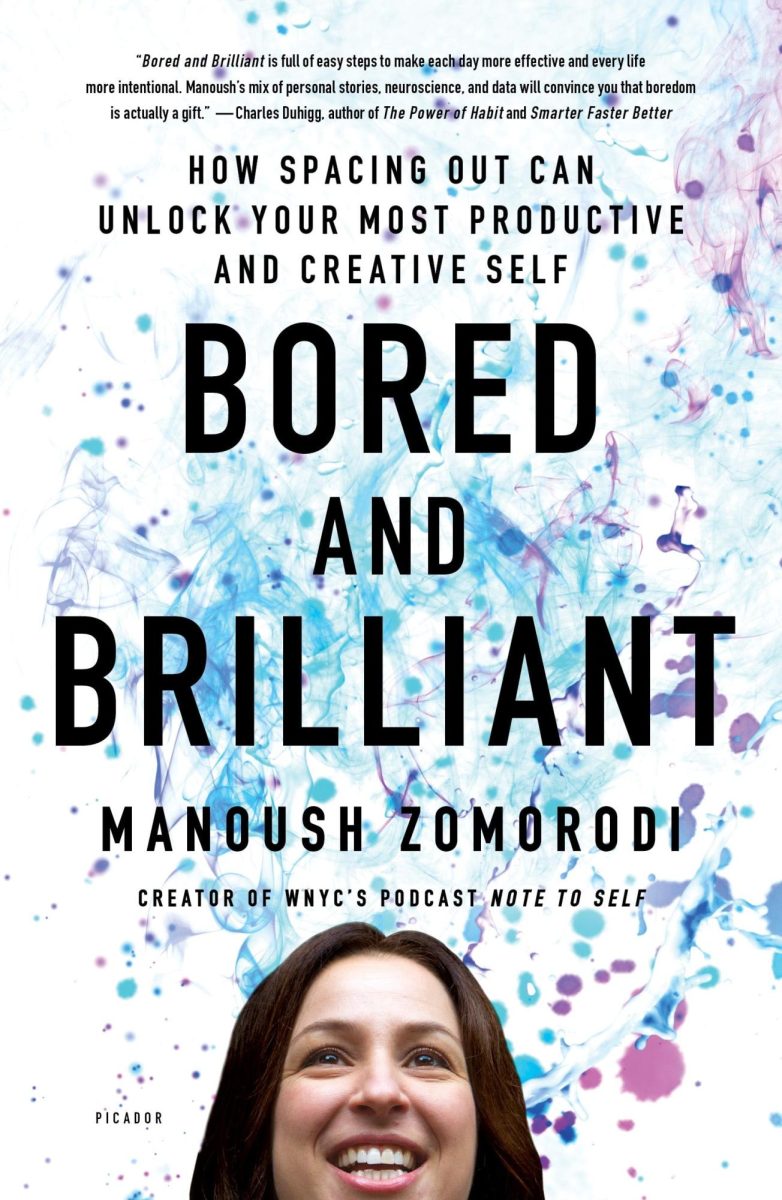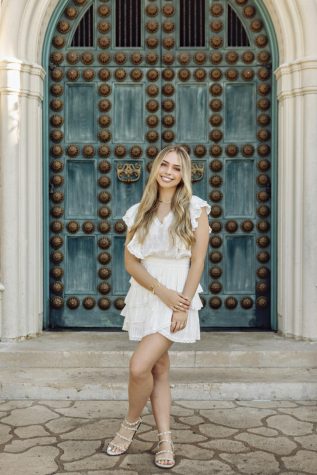When I grew up and let go of my obsession with apple juice and strawberry milkshakes, I thought that I would automatically develop a palette for strong, bitter beverages like coffee. But I was conflicted. I heard it all the time growing up: “Stay away from coffee. It’s loaded with caffeine and will have you running like a hamster on a wheel.” I took the warnings to heart, but at the same time I was intrigued. If this was true, then why did I see young teenagers eagerly flow in and out of the Starbucks on the corner street near my house? Did their moms not warn them about the dangers of the addictive, poisonous substance?
I started to question why I was the only one in my class excluded from drinking what seemed like this mature, adult-like drink. But when I asked my mom about it, she repeated the same warnings that all centered around one thing- caffeine.
According to the FDA, the recommended serving size of caffeine is 400 mg per day. Yet Americans rely on energy drinks, coffee, and soda as a quick “energy fix,” exceeding the recommended serving size by a long shot. Consider this: one cup of coffee contains 95 mg of caffeine. This adds up quickly, with many adults drinking a couple cups a day.
Adults are not the only ones lured in by the strong brews and sweet aromas. According to Kuakini Health Services, “about 90% of Americans consume caffeine in some form.” This means it is not just overworked, busy adults relying on it, but children too. With a coffee shop on every street, caffeine is accessible and more enticing even to young people. In fact, Scrapehero, a statistics-based website, records that as of 2022 there are about 15,474 Starbucks stores in the U.S.
I have seen firsthand how having Starbucks nearby can be an irresistible temptation for teenagers needing a pick-me-up after a long day. There have been many mornings when my friends have walked down the block to order their go-to drink: a venti blonde roast. The drink, which they refer to as “liquid gold,” contains a whopping 475 mg of caffeine, exceeding the recommended daily serving size of caffeine in a single cup.
This should be especially alarming as the high doses of caffeine many of us and our peers are consuming regularly have many negative effects. Caffeine disrupts young people’s sleep patterns, heart rate, and increases anxiousness. In addition, coffee can affect people’s oral hygiene, leaving consumers with yellow teeth.
One reason that young people consume large amounts of caffeine early is that many franchises like Starbucks advertise non-coffee drinks. Parents may mistakenly see these drinks as a way to skip the jittery juice, unaware that these drinks can contain anywhere from 45 to 160 mg of caffeine. This means that many of us are used to going to Starbucks with our parents not realizing that many of the drinks we’ve ordered for years are actually making us lifelong addicts.
Parents drill into us the importance of staying away from drugs and cigarettes, but often do not realize that coffee is a drug of its own. Because of this, children become adapted to the feeling and taste of the drink, increasing their tolerance to it and fueling the global caffeine crisis.
I am not saying to get rid of anything and everything that is caffeinated. Trust me when I say, I too, need coffee to power me through a rough day of school. However, we can start by recognizing the difference between what is a healthy amount of coffee versus what is not. By doing so, students like me can find a balance between the joy of coffee and taking care of our health.

